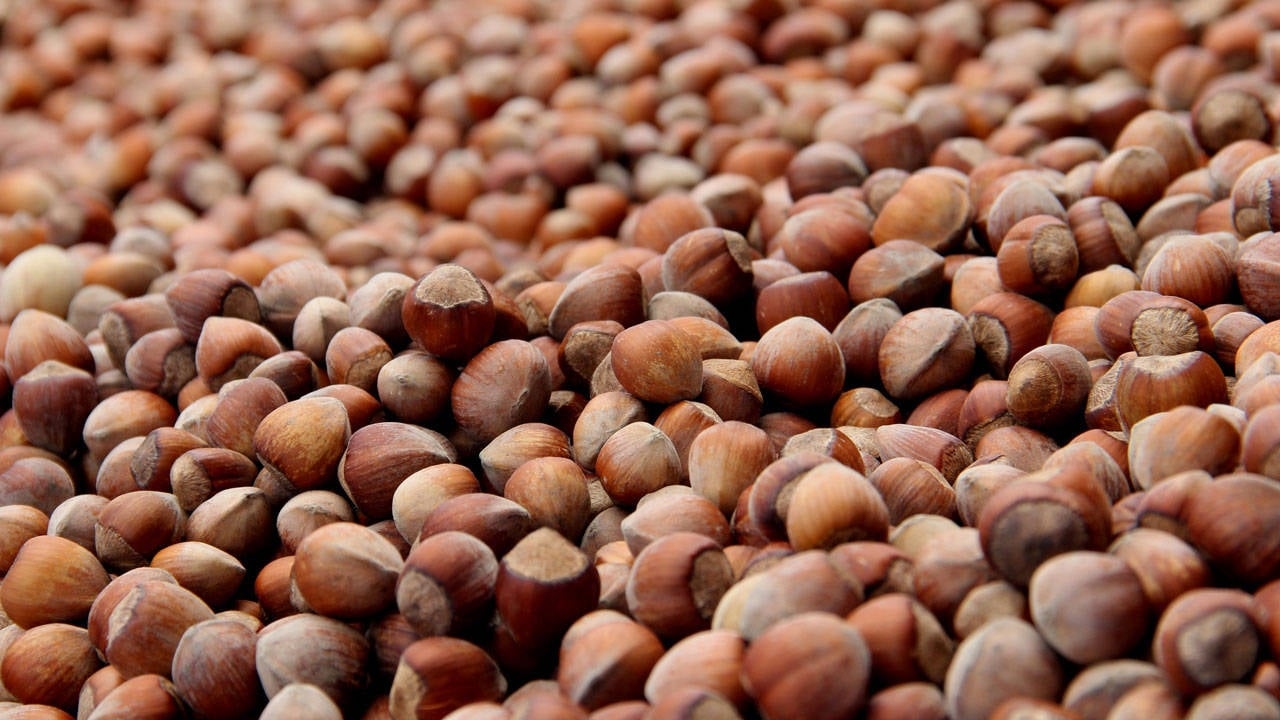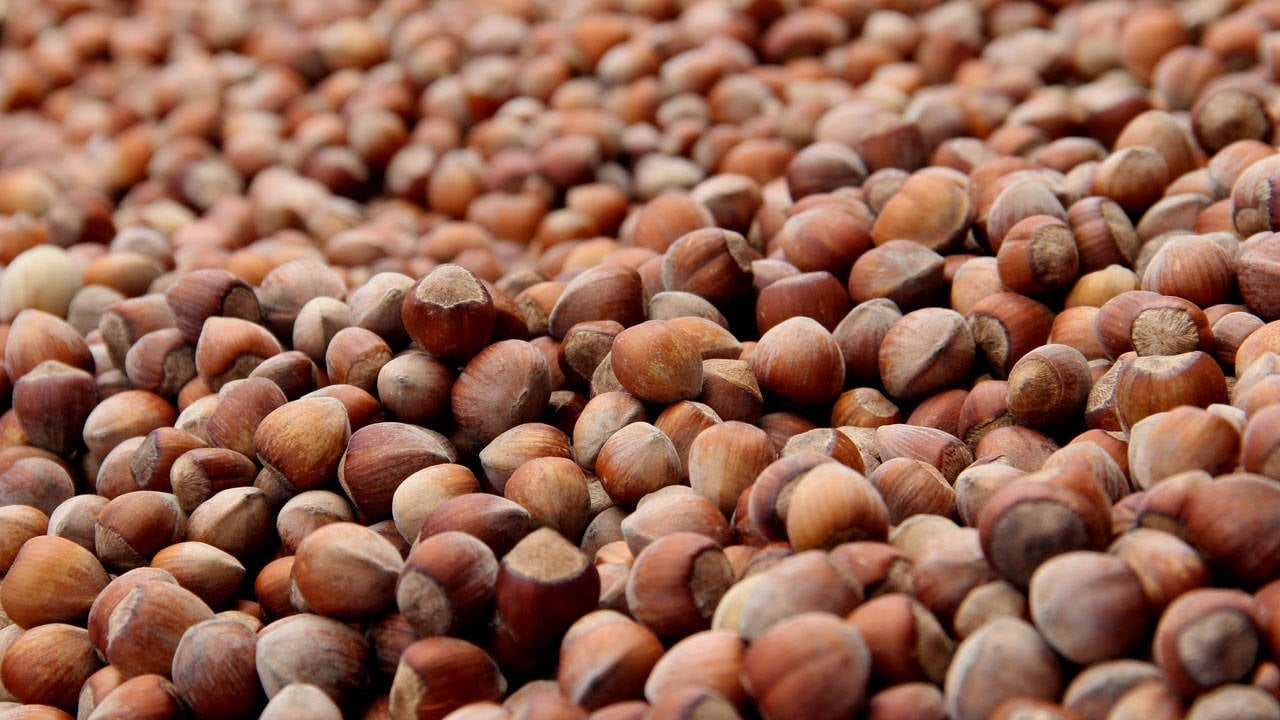Record damage in hazelnuts: At least 250,000 tons lost

Chemical and biological efforts are underway to combat the insect known as the "brown skunk ," which causes yield and quality losses in hazelnuts, of which Turkey is a leader in world trade, and which eats leaves and dries out the roots of plants it sucks the sap from, especially hazelnuts, in gardens.
In addition to the agricultural frost experienced in April, drought and a skunk infestation related to climate change are causing concern for producers. The threats of drought, skunk, and agricultural frost are negatively impacting hazelnut yields. Expert investigations have determined that the triple threat to hazelnuts in the Eastern Black Sea region has caused a yield loss of approximately 250,000 tons.
"WE HAD A YIELD LOSS OF AT LEAST 250 THOUSAND TONS"Sebahattin Arslantürk, a member of the National Hazelnut Council (UFK) Board of Directors, stated that agricultural frost, drought, and the brown skunk pest negatively impact hazelnut cultivation, saying, “Unfortunately, the brown skunk has begun to harm our region in recent years. It’s not just our region. According to our Ministry’s findings, there are losses in 33 provinces. It continues to increase. When you look at the total, we unfortunately lost at least 250,000 tons of yield in the 2025 crop, including 60,000 tons due to drought, 40,000 tons due to skunks, and at least 150,000 tons due to the frost we experienced in April. This means the biggest loss in recent years. The lowest yield of all time is expected. We estimate that the damage to hazelnuts this season will be 40,000 tons. Last year, this figure was 30,000 tons. This corresponds to a loss of approximately 15 million TL. Unless the necessary measures are taken, the extent of the damage will increase year by year.” “We can already say that it will continue to increase,” he said.
'WE CERTAINLY CANNOT DESTROY IT, WE CAN KEEP IT UNDER CONTROL'Arslantürk, who stated that brown skunks should be sprayed three to four times a year, said, “Spraying efforts in the field are increasing, but it needs to continue. We don't think just one spraying will be enough. Spraying must be done three or four times. This is spraying done in the wintering area. We believe that by spraying the skunks as they emerge from their wintering areas in late April or early May, we can reduce the population by reducing the damage they cause. This isn't just a one-year process. The efforts need to continue for five to 10 years to minimize the impact of the skunks. We can't eradicate them completely. But we can maintain a certain level of control.”
BirGün







